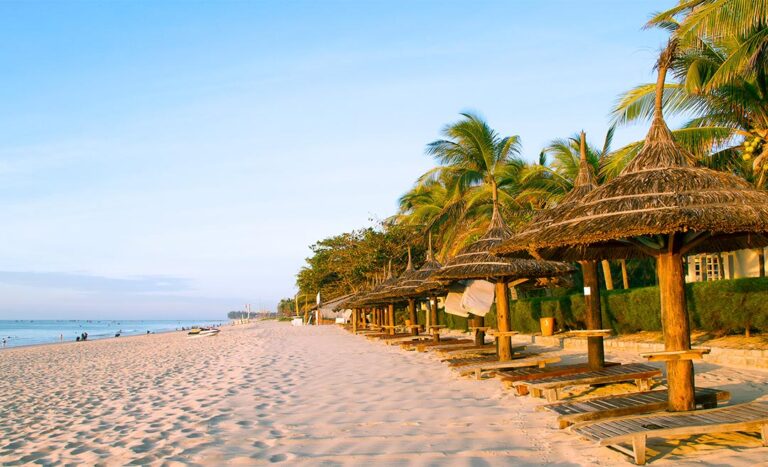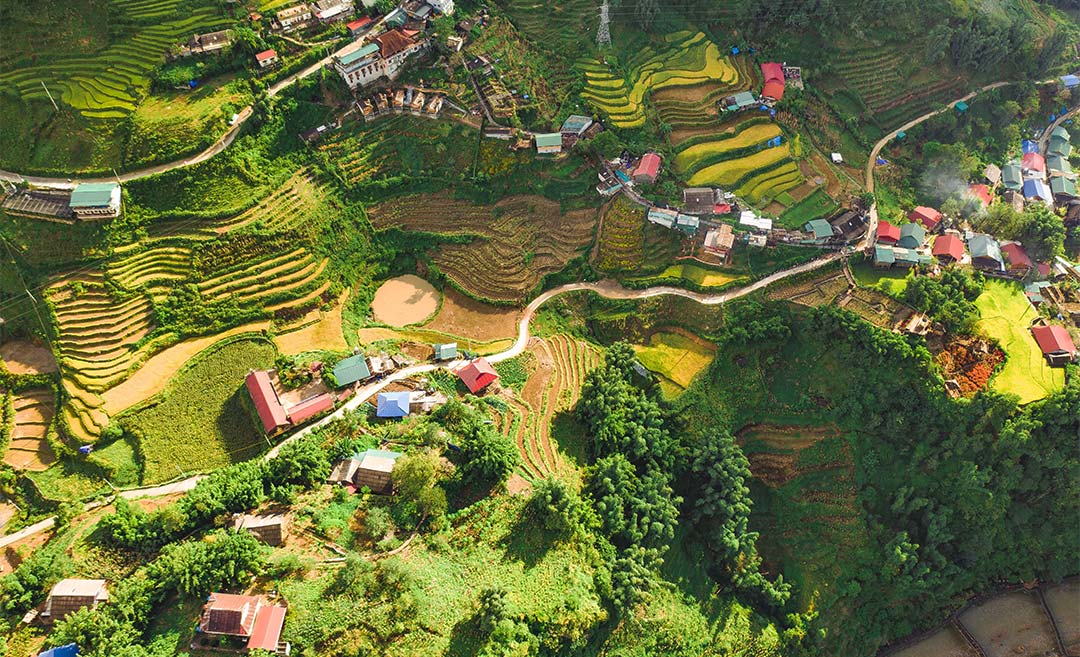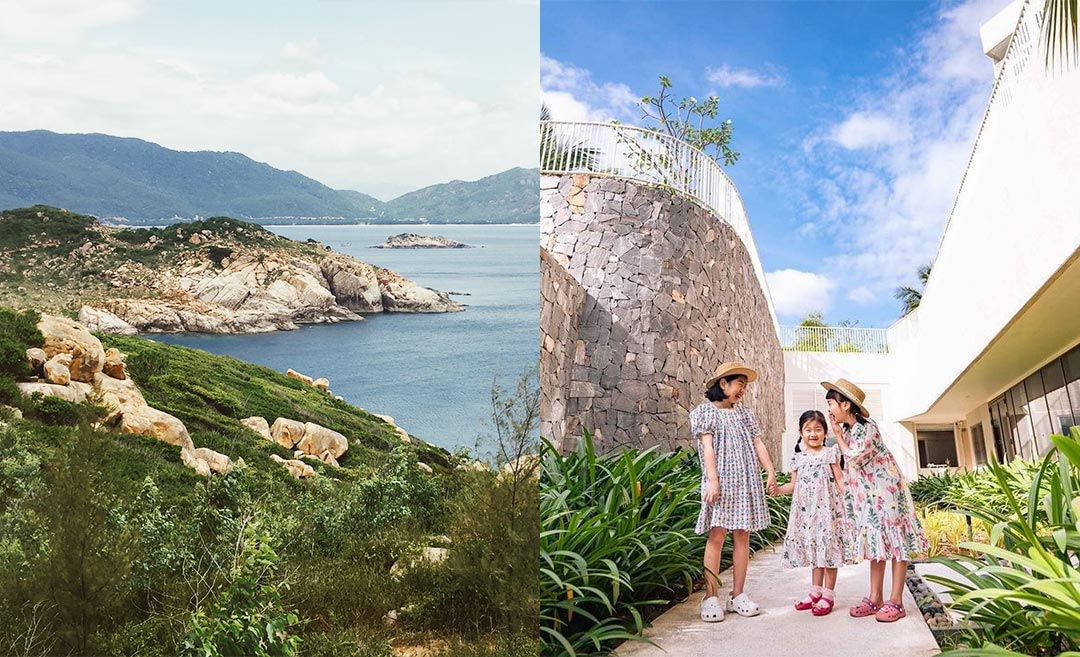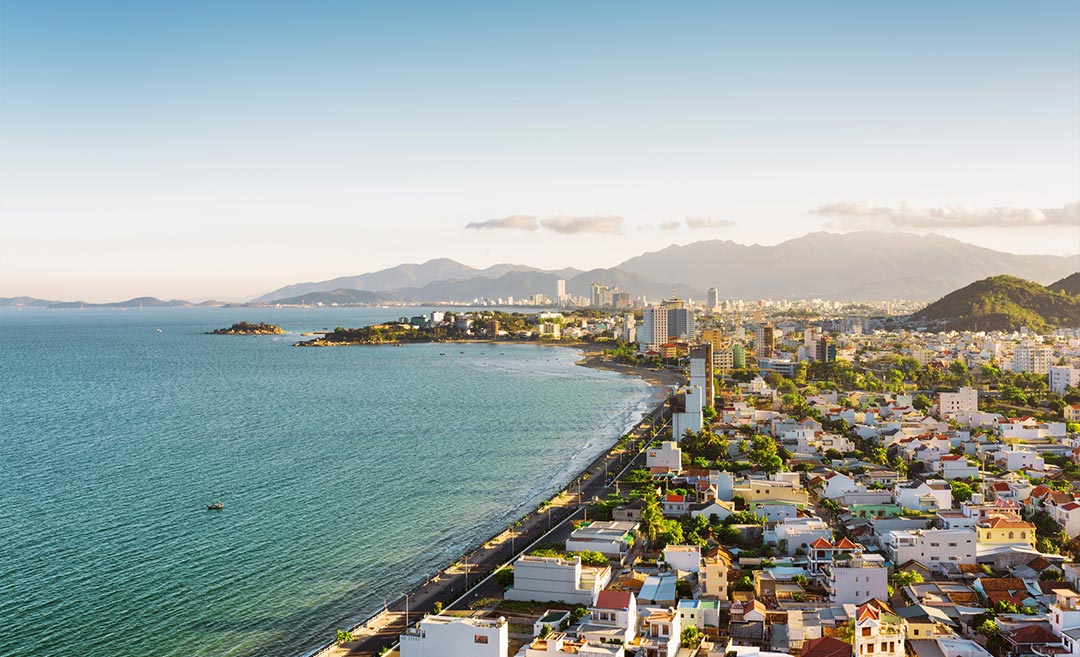The beachside resort strip extending along the coast from Phan Thiet to Mui Ne in southern Vietnam may not yet be well known to regional holidaymakers, but one gets the impression that it won’t be long before travellers are heading there to bask in the sun.
Phan Thiet is famous in Vietnam for its fishing fleet and fish sauce (nouc mam), an essential ingredient in Vietnamese cooking. There are several seaside resorts in Phan Thiet, but those further north in Mui Ne (pronounced moo nay) are now on the travel radars of intrepid travellers.
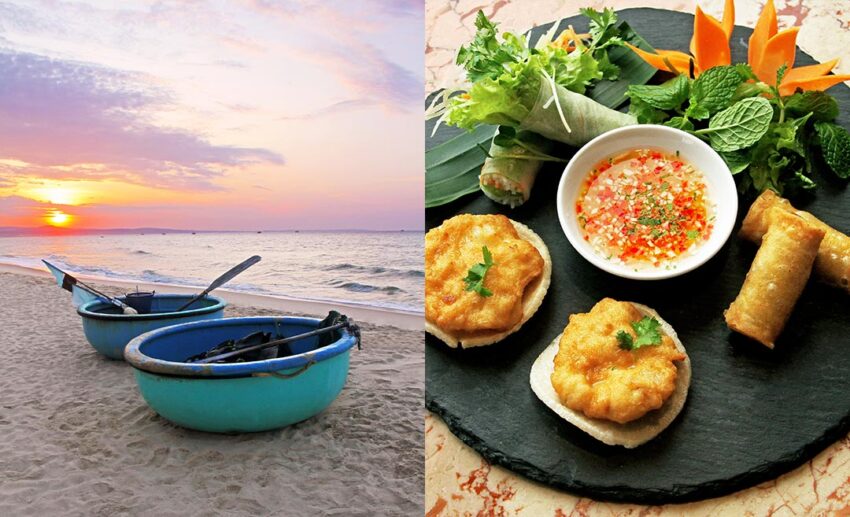
Nouc mam is a vital ingredient in many Vietnamese dishes, and it’s also used in dipping sauces that accompany these delicacies.
Phan Thiet’s coastline
Phan Thiet, with 220,000 residents, has its charm, especially its coastal stretch. When I first visited a few years ago, Ocean Dunes Golf Club was ideally located beside the beach, but on my last visit, the course was subdivided into a tourist development of resorts, hotels, and associated tourism facilities.
Vietnam is definitely on the move, especially now that coastal areas like Phan Thiet are within driving distance from Ho Chi Minh City (HCMC), making it a perfect weekend holiday destination.

While Phan Thiet has attracted tourists since the 1930s during the French colonial era, it wasn’t until the 1990s that backpackers started venturing to the area. Initially, the French colonialists arrived by train, and that tradition continued with the second wave of tourism in the 1990s.
Phan Thiet attracted global attention when astronomers predicted that the city would be one of the best locations in the region to admire a solar eclipse that was to occur on October 24, 1995. Those who came were impressed with the location and the solar eclipse, which helped transform the sleepy coastal region into a tourist hotspot.
Now, buses and a new highway make access easier for those using the bus or driving by car.
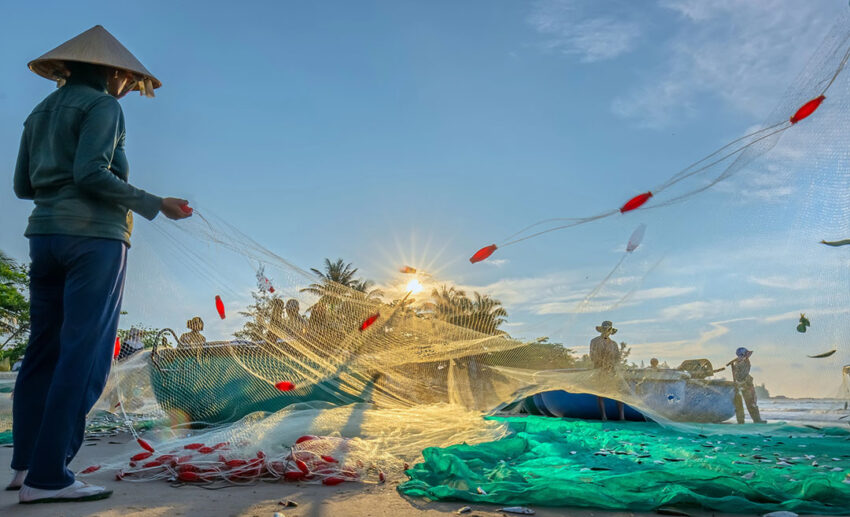
Laidback Mui Ne & heavenly resort
I’d booked The Anam Mui Ne after reading about its beachfront location, Indochine charm, and contemporary luxuries. Staff greeted me at Binh Thuan Railway Station for the 30-minute transfer. On the way, we passed fields of dragon fruit, and my driver informed me that the region was the centre of this key export industry.
Mui Ne now welcomes global travellers, and I soon discovered its laidback vibe had a lot to do with its appeal. It reminded me of several coastal resort destinations in Thailand with seafood restaurants, cafés, massage outlets, surf apparel boutiques, and bars. The most appealing resorts fronted the beach with a stretch of golden sand extending several kilometres along what is known here as the East Sea (what most know as the South China Sea).
The Anam was a real surprise, and for a resort that has only been open for two years, it has the grace and elegance of a mini Raffles. While tiled floors and period furniture offer the graciousness of a bygone era, my room had every comfort I needed.

The food of regional Vietnamese dishes is superb, and the breakfast was so extensive that it lasted me throughout the day. Saigon Bar is one of those venues where you just want to pull up a rattan chair beneath a slowly rotating fan and start working your way through the cocktail list; I duly obliged.

There are two pools, and some suites have their own private plunge pool. Each evening, staff lit lanterns along the landscaped path between the two pools to create a most romantic ambience.
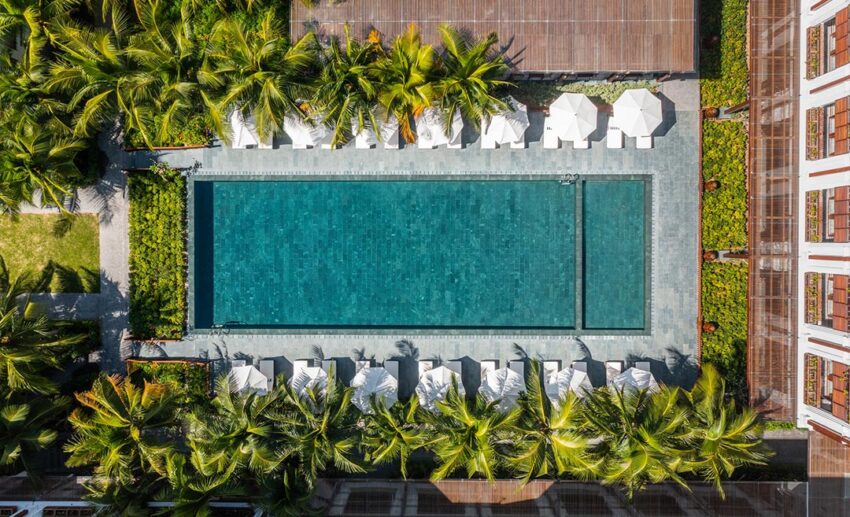
Exploring the region’s sights and scenes
Central Vietnam is slowly coming to the attention of travellers who are seeking tranquil and less-developed beachside holiday destinations. Mui Ne has a long, picturesque beachfront with an excellent range of resorts and tourist facilities. Extensive sand dunes frame a palm-lined beach, and fishermen in their traditional circular boats made from woven rattan provide a unique setting.

Boutique resorts, cafés, restaurants, and chill-out bars are evidence that intrepid travellers have already discovered Mui Ne, but it’s still less crowded than most other regional beach resorts. Here, Sea Links Golf Club Mui Ne is arguably one of the finest links-styled courses in Vietnam. By local standards, it’s already a classic course and one that should be included on any Vietnam golf itinerary.
While Mui Ne may not be well known, it has a long history dating back to the Champa Kingdom (second century until 1832). Po Sah Inu is a series of ninth-century brick towers erected by the Cham people. The restored buildings are perched on a headland to offer panoramic views south towards Phan Thiet and the Phu Hai River.
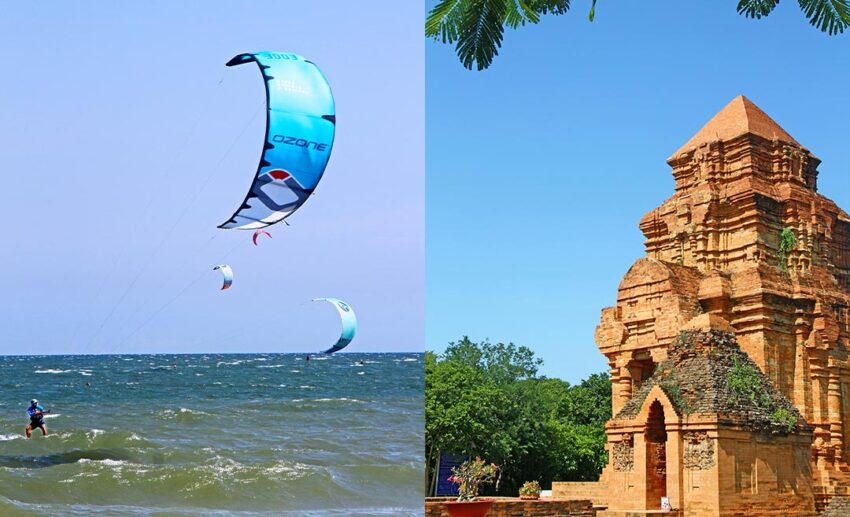
Visitors to the towers may also be able to see kite surfers riding the whitetops just offshore from Mui Ne. At certain times of the year, offshore winds whip up the surf, creating ideal conditions for kite surfing, and on some afternoons, it’s not unusual to see some 50 enthusiasts on the water just beyond The Anam.
The so-called Fairy Stream is an interesting tourist attraction that involves walking along a clear, narrow stream through steep sandy banks of different colours. The stream meanders through the dunes to reveal colourful layers of sand and limestone.
Another tourist attraction is the orange sand dunes, located on a hill between Mui Ne and Hon Rom. Red Canyon, a small eroded cliff comprising fine red sand, is situated in Hon Rom, while the larger white sand dunes at Bau Trang are located 25 km north of Mui Ne.

The coastal sands between Phan Thiet and Mui Ne are set for increasing tourism arrivals but visit now to make the most of the tranquil setting. Other Vietnamese destinations are better known because most have direct air access from around the region, but this could all change in the coming years if a planned airport is opened.
Getting into Mui Ne
Fly into Ho Chi Minh City (HCMC) on AirAsia, and from here, drive or catch the train to Phan Thiet/Mui Ne, a distance of 180 km. Mui Ne is a four-hour train journey from Saigon or a three-hour road drive, mostly along a freeway. While there are direct trains from HCMC to Phan Thiet, most train travellers will alight at Binh Thuan on the main north-south line. There are plans to develop the current military airport at Mui Ne into a commercial airport, and AirAsia will, no doubt, be carefully watching this development.
Where to stay
The Anam Mui Ne is the finest beachfront resort in the region.

All images are by author unless specified otherwise.

